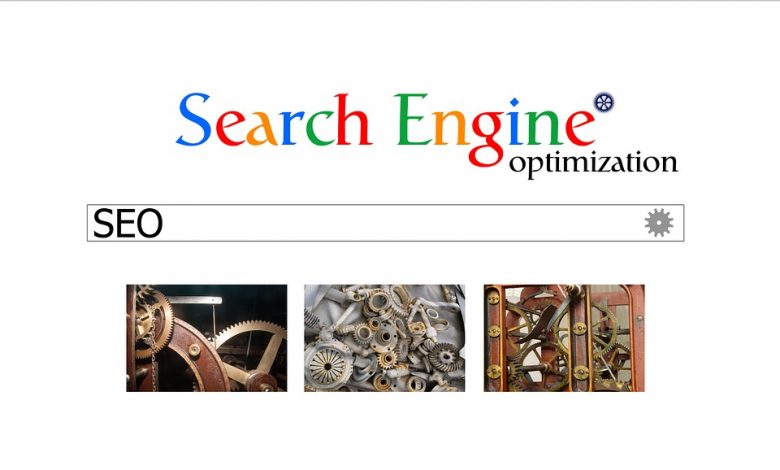Key Strategies To Optimize Images For Search Engine Optimization(SEO)

SEO is an important part of a successful digital marketing campaign and has come a long way since its inception. You should bring your game A today to keep up with the competition and make sure the site appears on the first page of the search results.
While images are often overlooked, they play an important role in SEO health. By designing the website visually appealing and engaging, images improve the usability of the website and increase the time spent on the site, which has a direct impact on SEO.
In addition, images that support related content. It makes it more relevant to search queries that users enter. Besides, they help increase organic traffic to your site from image-based search engines.
I hope this is enough to know why you really need to optimize images for SEO health. Well, there are some best practices through which you can optimize your images for SEO.
How To Optimize Images For Search Engine Optimization(SEO)?
1. Produce relevant and original images
What do you see the first time you visit a web page? It is the images that capture the user’s interest at a glance. This is what naturally attracts the human eye. If the image is able to pique their interest, they are more likely to read the text placed on the website. However, don’t just add an image that is not relevant. If the marker in your SEO plugin turns green, it doesn’t mean you’ve picked a good one. Also you can take help from a professional SEO company.
An attractive image that is relevant to the content on your page will definitely make a strong impression and even impact visitors to share your content. Your goal is to bring your readers to a deeper emotional level. If you are creating an article, use images that define the topic in a humorous, dramatic, or romantic way.
The best is to use the original images for your content. It will not let you face copyright issues but can help you present your own products and services.
You may come across several free images over the internet. This is not something you should take help from. Capture your own photos and ensure originality in your content.
2. Only use high-quality images
The content looks really good when only high-quality images are used.
Having a poor quality image on the site cannot only harm the site’s reputation, but also affect the user experience.
For example, if the images on your site are of low resolution or poorly formatted, your pages may appear fuzzy on a mobile device. Basically, high-resolution images play a vital role in SEO health. This also improves the worth of the content while enabling the audience to trust the author too.
It is recommended to use high-quality formats for your images so that the quality of content is not affected.
3. Ensure mobile-friendly element
Mobile-optimization is one of the ranking factors of the search engine. If your website is mobile-optimized, Google will take no time to index it. Hence, try your best to mobile-optimize your images as well. This way, your images will be indexed too.
The page speed actually varies with image size. This means that loading time is dependent on the image size. Also, slow pages have a high bounce rate because the users want to see the content and images in less time. They only take a few seconds to leave the page and find other sources quickly that match their interest.
So, you need to work on reducing the bounce rates. If you do so, you will get more visits, higher conversion, and even enhanced reputation too.
4. Optimize the file name
A descriptive filename of the image can help you elevate ranking too. It is something that plays a vital role in optimization and affects SEO health too. Google reads the description without looking at the image. This means you have to work on this factor to make it search engine-friendly.
Also, make sure the filename is relevant because it appears in the search results and the users can’t compromise on it. The best practice is to rename the images or add something descriptive, which actually defines the image in a better way.
Don’t write anything that is difficult to perceive. Try adding a keyword too so that optimization becomes effective.
5. Add alternate text
Omitting an alternate text box (alt text) when loading images would be a huge mistake since it is useful for general on-page SEO tactics. Alternative text / tag is often jumbled with the title tag. Unlike alternative tags, title tags do not affect SEO performance.
The search engines don’t have the capability to read the image and its content. It reads the surrounding text to identify its content. Alt text is a text-based alternative to images, and it mainly benefits the users who are visually impaired and have difficulty in perceiving the images.
In fact, Alt Text is important under the America’s Disabled Act. Alt text is also useful when the image cannot be loaded correctly. In this case, a graphics window with alternative text appears in the upper left corner. When writing alternative text, make sure it correctly describes the image and makes it appropriate.
Final Thoughts
Images are really important in building effective content. It adds value while grabs the users’ attention to a great extent. If your content doesn’t have an image, it will hardly get the views. This is a tried and tested technique, so you don’t dare to apply it. Hence, make your content read-worthy. Insert optimized images in your content and let Google rank it. Believe me, you will see more traffic coming on your site and being shared everywhere on the internet. Try your luck and improve your SEO’s health to a great extent.



